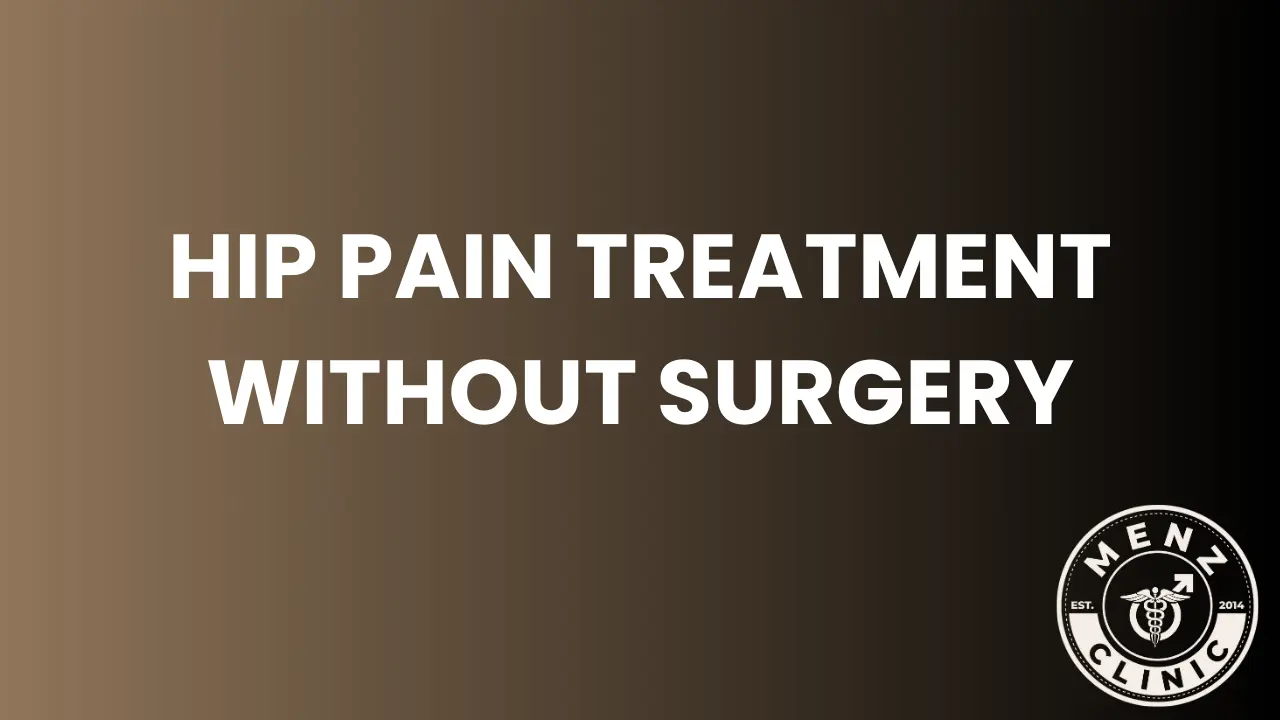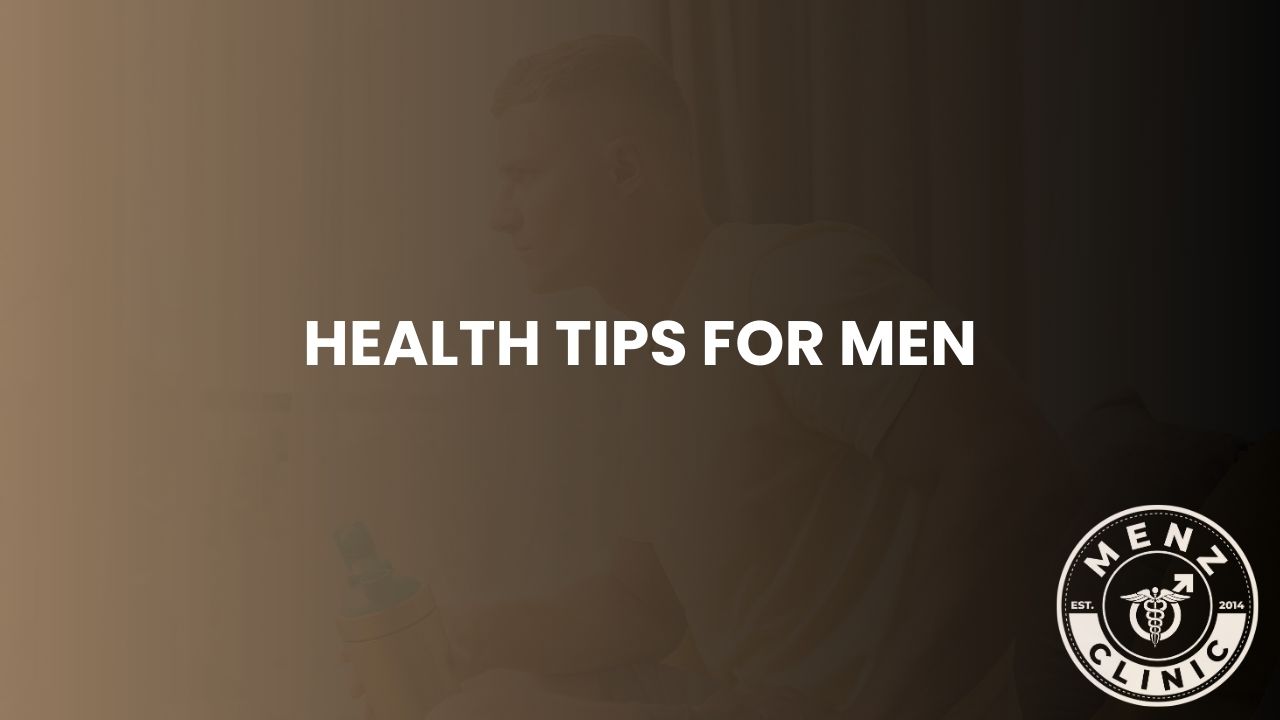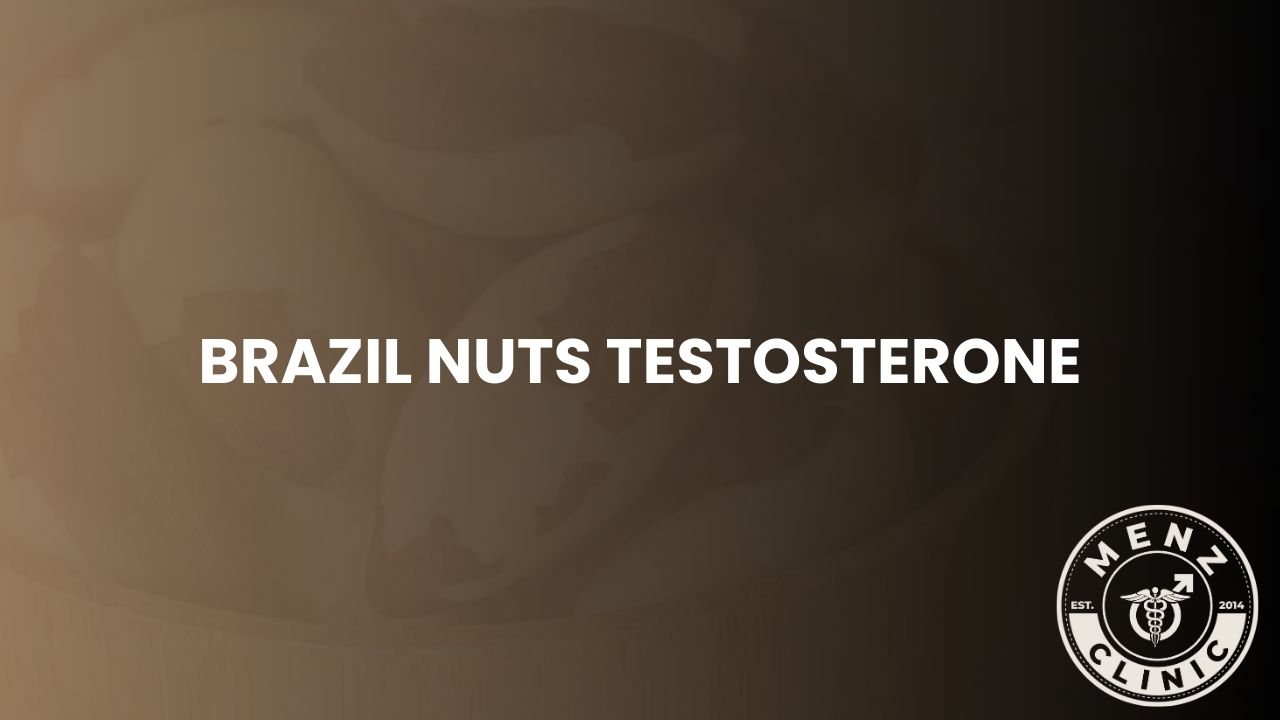Introduction
Hip pain is either within the hip joint or in its surroundings, which is a large ball-and-socket joint where the upper end of the thigh bone connects to the pelvic bone. This joint has a great importance to support body weight and provide a variety of motion like, walking, bending or running etc. People may experience hip pain due to injury, excessive use, with age or due to any medical condition such as arthritis. It can be a stab-like pain, a throbbing pain, or a chronic discomfort which may cause a limitation on the hip joint movement and causes stiffness to occur during activities that need hip movements. Hip pain treatment without surgery also focuses on the source of pain to allow the patient to regain functionality of the joint and minimize pain.
Main Causes of Hip Pain
6 Trivial Causes of Hip Stiffness and Pain. It is important that one establishes the cause of the hip pain so as to determine the most suitable non surgical treatment to be provided.
1. Osteoarthritis:
It is therefore concluded that this degenerative joint disease is one of the most frequent origins of hip pain. That is, cartilage wears out and you feel inflammation and pain.
2. Hip Bursitis:
Hip bursitis which is inflammation of the minor sacs known as bursae that have a function of allowing the bones, muscles and tendons to glide over each other is very painful.
3. Hip Labral Tear:
Labrum is a circular cartilage, which is located in the hip joint. Such a tear will lead to pain, stiffness and restricted movability of this part of the body.
4. Tendonitis:
This is the scenario whereby the tendons, mainly in the hip area, become tight or swollen in a way that has been overworked and this causes some sort of pain.
5. Hip Impingement:
Tissue and bone growth would be abnormally formed which would affect the structure of the hip bones and the bones of the hip joint would dance over one another causing pain and restricted mobility.
6. Muscle Strains:
When the muscles around the hip are stretched or even when they are torn then the hip will always be sore.
At least you will be able to address the nonsurgical hip pain treatment and hit the core of your distress.
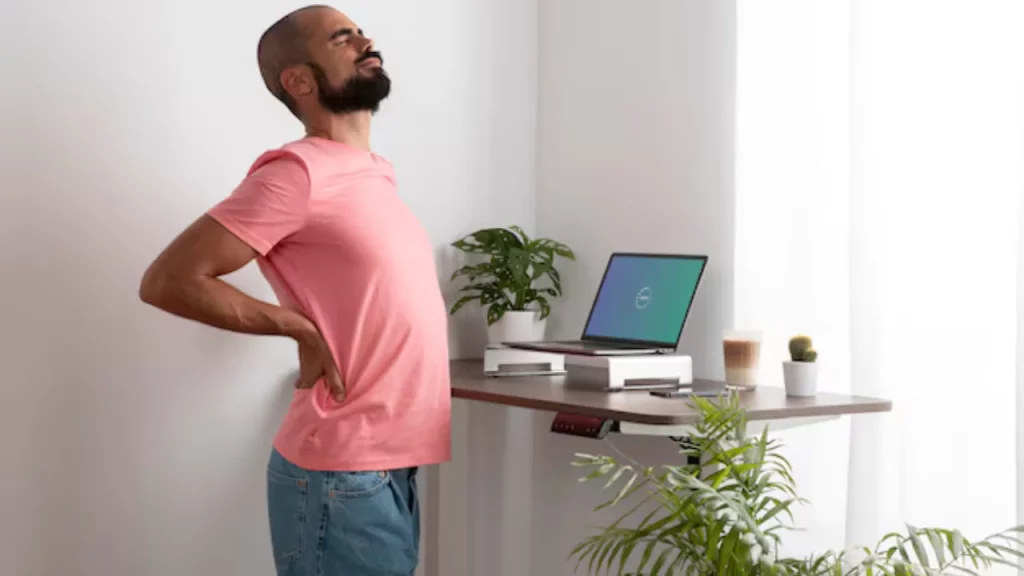
Non-Surgical Treatment Options for Hip Pain
Here are various methods of hip pain treatment without surgery ranging from basic exercises to advanced medical practices. Some of the following methods have been found to be useful in the achievement of aforementioned goals.
Physical Therapy for Hip Pain Treatment
The use of physiotherapy is important in the treatment of hip pain, and surgery may not always be necessary in the treatment process. Strengthening exercises that are involved in the process include hip muscular contractions such as glute bridges and leg lifts in order to build up the muscles around the hip for support. Training for hip flexor stretches involves the creation of a positive training stimulus that helps in the reduction of tension and gains in the overall amount of hip joint flexibility.
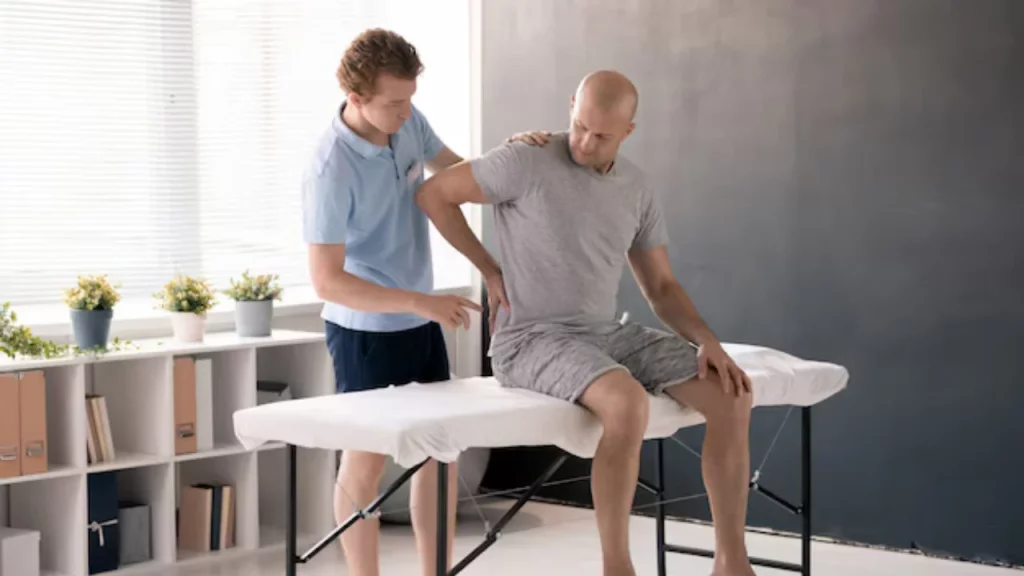
Medication
The other treatment options that are equally effective in the management of hip pain without the need for surgical intervention include, Counter medicines which can be used include non steroidal anti-inflammatory drugs including ibuprofen or aspirin and other anti-inflammatory drugs including acetaminophen. If the situation is worse, then your healthcare provider may just pop some of those stronger substances that include anti-inflammatories or even muscle relaxants.
Corticosteroid Injections
For more severe hip pain, cortisone injections can help. These injections target the inflamed area, reducing swelling and pain. They don’t cure the condition but can be a short term solution for hip pain without surgery, providing relief for weeks or even months.
Platelet-Rich Plasma (PRP) Therapy
PRP therapy is becoming a popular option for hip pain treatment without surgery. This new approach uses a concentration of your own platelets, injected into the painful area to stimulate natural healing and tissue regeneration. PRP has been shown to reduce pain for conditions like tendonitis or labral tears.
Heat and Cold Therapy
Alternating between heat and cold therapy is another effective option for hip pain treatment without surgery. Applying an ice pack to the hip can reduce inflammation and numb the area, while heat therapy helps to relax tight muscles and increase blood flow to the painful joint.
Assistive Devices and Supports for Hip Pain Treatment without Surgery
For individuals struggling with hip pain during daily activities like walking or standing, assistive devices can provide much-needed relief. Canes, walkers, and even hip braces can help stabilize the joint and reduce pressure, making movement easier and less painful.
Incorporating these tools into your hip pain treatment without surgery plan can help you maintain independence while preventing further injury.
Alternative Treatments for Hip Pain
Massage Therapy
Massage is another great option for hip pain treatment without surgery. It relaxes muscles, improves circulation and reduces inflammation around the hip joint. Massage can be a great addition to physical therapy or chiropractic care.
Yoga and Stretching
Yoga and targeted stretching can also help with hip pain. Certain poses and stretches loosen up tight muscles around the hips and improve flexibility. This gentle hip pain without surgery helps with pain and posture and alignment.
Preventing Hip Pain Without Surgery
Stretching and strengthening exercises, being at a healthy weight and using good posture and ergonomics in daily activities will reduce the risk of hip pain. Be proactive and you’ll reduce the need for more invasive treatments later on.
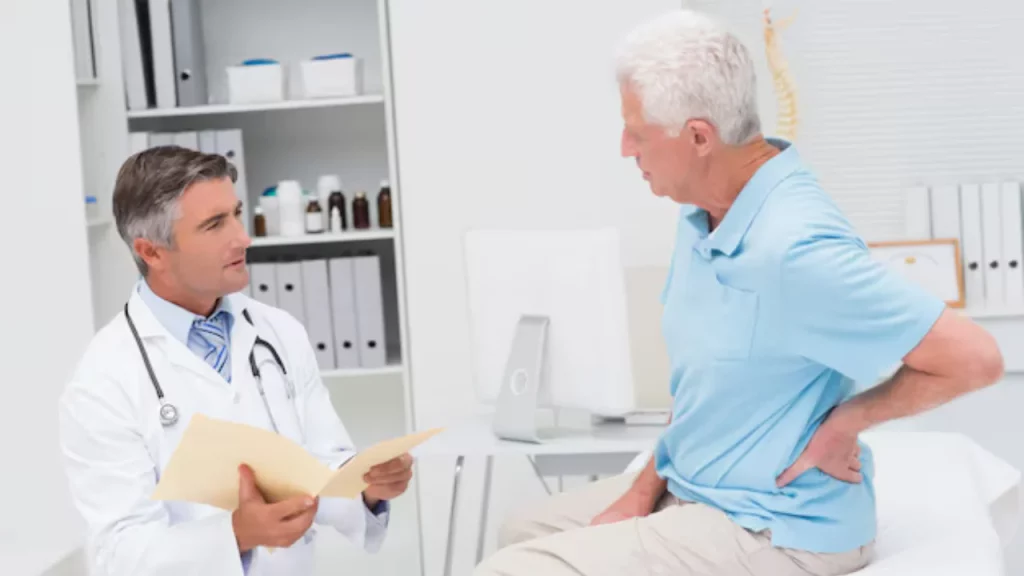
Conclusion
Non surgical hip pain treatment without surgery has many options to reduce pain and improve your life. From physical therapy and medication to alternative treatments like acupuncture and PRP therapy there are many ways to manage hip pain without surgery. At MENZ Clinic Dr. J., M.D. and the team have many non invasive treatments to help you get relief and get mobile. By addressing the underlying causes and combining treatments you can often get relief and avoid more invasive procedures.

